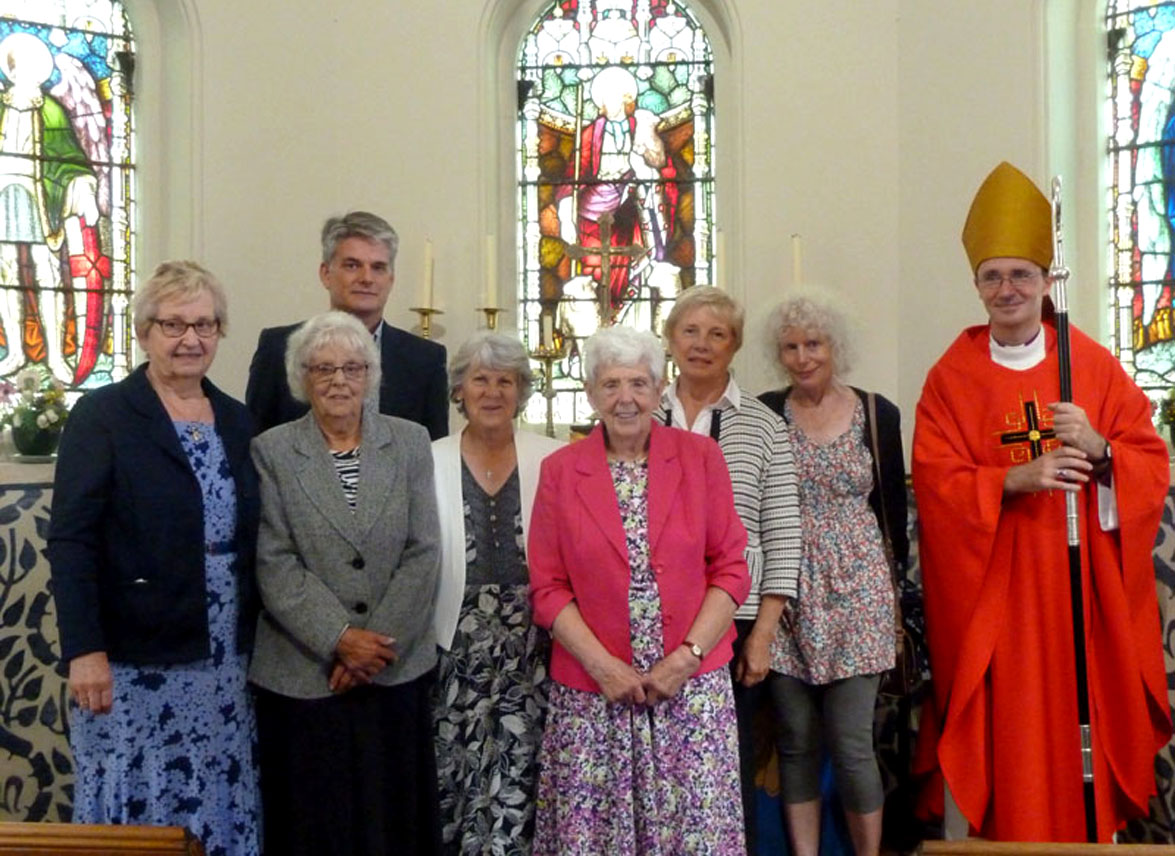It was lovely to attend the Benefice Communion and Re-Dedication Service for the project undertaken at St James Church in Moulton Chapel on Sunday where Bishop Nicholas gave a thought provoking talk on the true purpose of the church.
This has been a very special, if somewhat unpredictable project and small was definitely not easier in this case!!
With historic buildings we have learnt to expect the unexpected, conservation and repair projects do present challenges and you have to be prepared to be flexible – I understand the complexities of working with existing buildings and how you have to be prepared for change and I recognise that changes do sometimes happen for very good reasons and that couldn’t have been more apparent than when we undertook the works at St James.
Before undertaking any project you try to prepare for all eventualities by undertaking investigation works, Galileo once said ‘All truths are easy to understand once they are discovered, the point is to discover them’ and nothing could have been truer than the works at Moulton Chapel.
Obviously when you undertake investigation works you don’t have full scaffold access and you’re usually working from a cherry picker or similar, so you don’t have the luxury of opening up in all locations, but you do open up where there are areas of concern, which in this case was behind the valleys where there were indications of water damage at high level with damp and failing plaster on the inside. Unfortunately when the works started on site, it soon became clear that the extent was far worse than the investigation works had first indicated. There were a number of difficulties that had to be overcome, including additional structural timber repairs and replacement, conservation and reinstatement of the stencilling within the Chancel and a rather long wait for bricks that were made from templates!
Parts of the hip roof, which had been replaced in approximately 1910 with soft wood, was rotten and needed to be rebuilt and two of the hip beams needing to be completely replaced (this was in an area at the top of the roof that couldn’t be accessed safely in the investigation phase and which hadn’t indicated any concerns during this time).
The paint work was more time consuming than at first anticipated, the plasterwork was quite poor in the areas that the stencilling had been uncovered, which meant that more conservation work was required. We decided the Georgian Nave would be painted in a plain Georgian colour, typical of its time, whilst the Victorian stencil to the Chancel would be presented in a less imposing way. Conservation, although very rewarding, can be very time consuming, and you know when you’re removing paint from over the top of the stencil with a scalpel, that it’s not going to be a quick job!
Every heritage building, if you look closely, has peculiarities, that are unique to that building and St James is no different. The bricks were hand carved, you could see the original marks where the builders had sheared the bricks away, and this made sourcing bricks particularly difficult. Not only would we need the right mix of local sand and cement, but we would also need to have the bricks moulded, which would be based on the hand cut brick templates which would enable us to replace the bricks with like for like, but because we had to place an order for the moulded bricks it was an extended delivery time.


